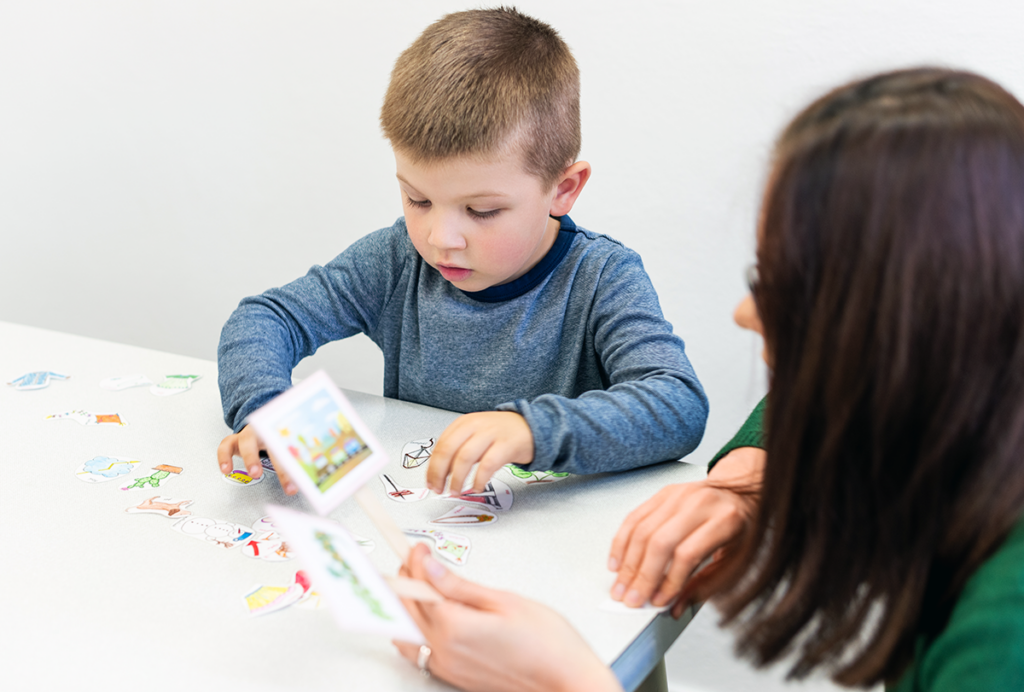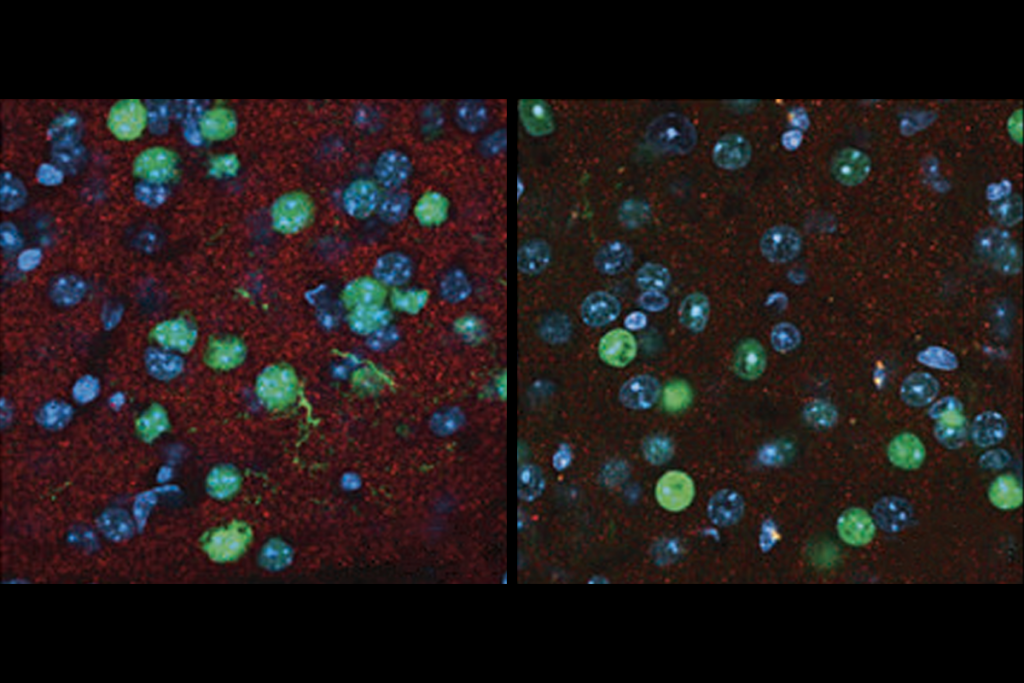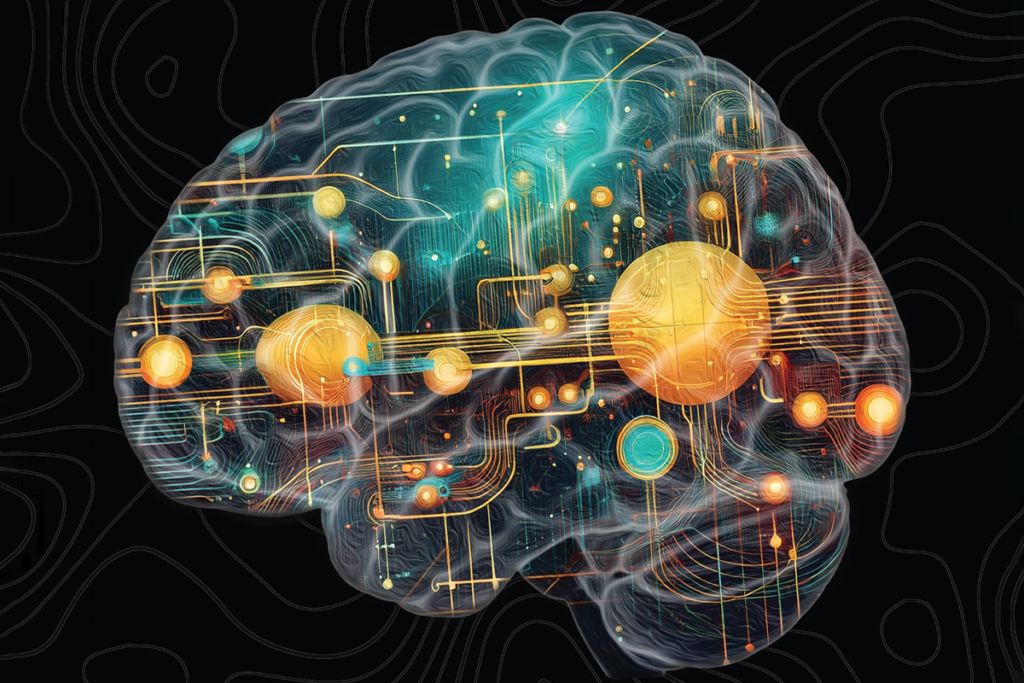Genetics: Autism risk higher in full than in half siblings
Full siblings are twice as likely as half siblings to share a diagnosis of autism, according to a short report published 28 February in Molecular Psychiatry. The results suggest that genetic factors play an important role in the risk of developing autism, the researchers say.
Full siblings are twice as likely as half siblings to share a diagnosis of autism, according to a short report published 28 February in Molecular Psychiatry1. The results suggest that genetic factors play an important role in the risk of developing autism, the researchers say.
Studies generally compare the rate of autism recurrence, or concordance, in identical and fraternal twin pairs to parse out the contribution of genes to the risk of developing the disorder.
A study published last year reported a concordance rate of about 77 percent in identical twin boys and as much as 30 percent in fraternal twin boys. Because the rate for fraternal twins was higher than previously reported, the researchers concluded that environmental factors may play a greater role in autism risk than was previously thought.
Twin studies are limited, however, because they are generally small. They are also complicated by the fact that environmental factors, such as the presence of maternal antibodies that attack fetal brain proteins, would affect both twins during gestation, the researchers say.
To address these limitations, researchers in the new study looked at 5,237 families, of which 619 have maternal half siblings, 55 have paternal half siblings and 4,832 have full siblings. The families are enrolled in the Interactive Autism Network, or IAN, a national, voluntary autism research database, because at least one of their children has autism. The concordance rate is about five percent for half siblings with the same mother, zero percent for half siblings with the same father and about ten percent for full siblings, the study found.
Taking into account the siblings’ ages, sex and various estimates of the population prevalence, genetic factors account for about 50 to 70 percent of the risk of autism recurrence, the researchers say.
The researchers analyzed another database of families with children who have autism, which contains a high proportion of ethnic minorities, and found similar concordance rates: 11 percent for 132 full siblings and 7 percent for 41 maternal half siblings.
The concordance estimate of 10 percent for full siblings is lower than the 30 percent figure previously shown for fraternal twins, the researchers note. This difference could be due to environmental factors that influence the development of both twins in the womb, such as maternal stress or infection, they say.
References:
1: Constantino J.N. et al. Mol. Psychiatry Epub ahead of print (2012) PubMed
Recommended reading

Genetic profiles separate early, late autism diagnoses

SHANK3 deficiency and behavior in mice; and more

Autism scientists push back on CDC’s inaccurate vaccine claims
Explore more from The Transmitter

Beyond the algorithmic oracle: Rethinking machine learning in behavioral neuroscience
